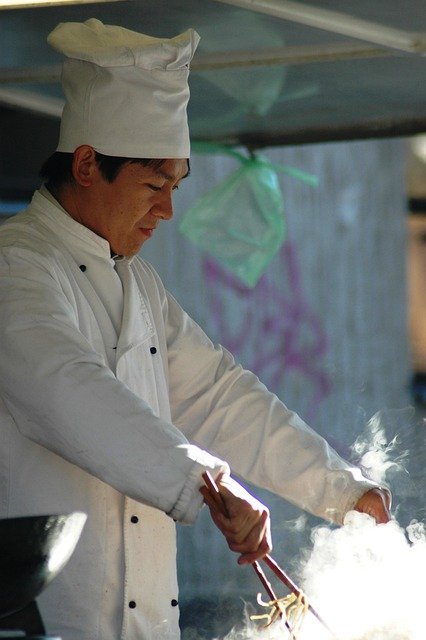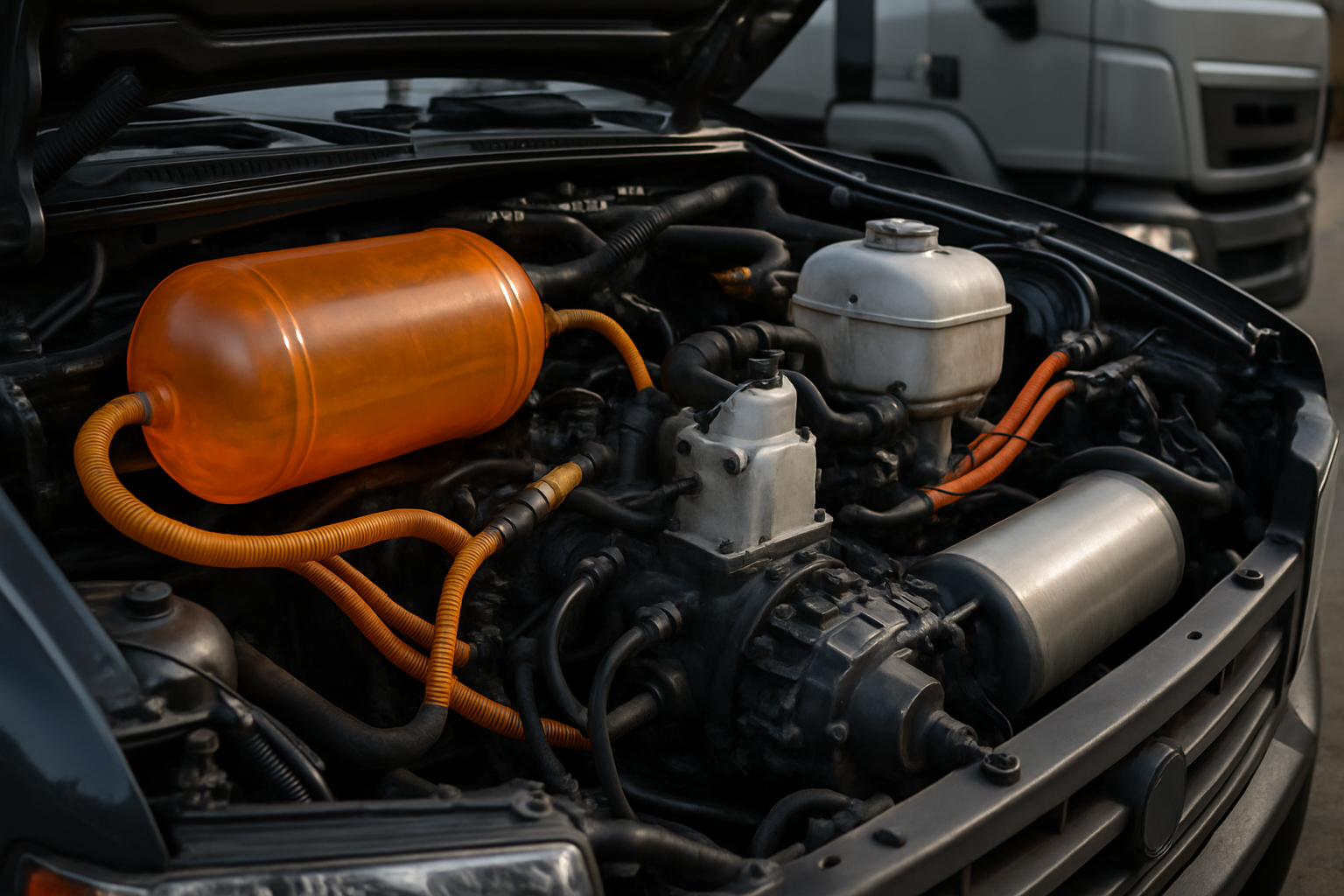Essential Guide to Catering Pans with Lids for Professional Food Service
Catering pans with lids are fundamental tools in the food service industry, providing versatile solutions for food preparation, transportation, and presentation. Whether you're running a professional catering business or planning a large event, understanding the types, materials, and practical applications of these essential containers can significantly improve your food service efficiency and quality.

Catering pans with lids represent the backbone of any food service operation, enabling caterers to prepare, transport, and serve food efficiently while maintaining proper temperatures and presentation standards. These specialized containers come in various sizes, materials, and designs to accommodate different menu items and service styles. From keeping hot foods warm to preserving the freshness of cold dishes, catering pans with lids offer practical solutions for food service professionals and event organizers alike.
Understanding Different Types of Catering Pans with Lids
Catering pans with lids come in several standard configurations, each designed for specific purposes. The most common type is the hotel pan (also called a steam table pan), which comes in full, half, third, quarter, sixth, and ninth sizes. These pans are designed to fit standard chafers and steam tables. Deeper pans (4-6 inches) are ideal for stews, sauces, and larger food quantities, while shallower pans (1-2.5 inches) work better for items like lasagna or roasted vegetables.
Beyond hotel pans, specialized options include roasting pans with high sides and handles for large meat preparations, sheet pans with matching lids for baking and display, and divided pans that allow multiple items to be served from a single container. Understanding these variations helps caterers select the appropriate equipment for different menu items and service styles, ensuring food is presented and maintained at its best.
Materials and Durability Factors in Catering Pans with Lids
The material of catering pans significantly impacts their performance, durability, and appropriate usage scenarios. Stainless steel pans represent the industry standard due to their exceptional durability, resistance to corrosion, and ability to withstand high temperatures. They’re ideal for hot foods and can transition from oven to steam table seamlessly. Aluminum pans offer a lighter-weight alternative that conducts heat efficiently but may react with acidic foods.
For disposable options, heavy-duty aluminum foil pans provide convenience for off-site events, while more environmentally conscious alternatives include biodegradable or compostable options made from materials like sugarcane fiber. The lids themselves vary from matching metal covers to clear polycarbonate lids that allow visibility of contents without opening. When selecting materials, caterers must consider factors like heat retention, transportation requirements, presentation aesthetics, and whether the pans will be reused or disposed of after service.
Essential Features of Quality Catering Pans with Lids USA
In the American catering market, certain features distinguish professional-grade pans from basic options. NSF certification is crucial, indicating the pans meet strict food safety standards required by health departments across the USA. Reinforced corners prevent warping during temperature changes, while stackable designs maximize storage efficiency in tight kitchen spaces. Many professional pans feature measurement markings for portion control and recipe consistency.
American caterers often prefer pans with integrated handles or handle cutouts that facilitate safe transport of hot foods. Anti-jam lids with silicone gaskets provide tight seals for transport while preventing the frustrating sticking that can occur with standard lids. For catering operations that frequently transport food, specialized transport-ready pans with locking mechanisms have become increasingly popular, as they prevent spills during delivery while maintaining food temperature and quality from kitchen to event venue.
Practical Applications and Usage Guide for Catering Pans
Catering pans with lids serve multiple functions throughout the food service process. During preparation, they provide convenient containers for marinating, mixing, and storing ingredients. During cooking, oven-safe pans allow for efficient batch preparation of dishes like casseroles or roasted vegetables. For transportation, sealed pans with secure lids prevent spills and cross-contamination while helping maintain appropriate food temperatures.
At service, these pans transition seamlessly into chafers and steam tables, where they continue to keep food at safe serving temperatures. The versatility extends to storage, as leftover food can remain in the same containers, reducing handling and transfer. For maximum efficiency, experienced caterers develop systems where pans move logically through their operation, from prep to service to storage, minimizing extra steps and equipment while maintaining food quality and safety standards throughout the entire process.
Cost Comparison of Catering Pans with Lids
When investing in catering pans with lids, understanding the price points across different materials and quality levels helps businesses make informed decisions. Professional-grade equipment represents a significant investment but offers longevity that disposable options cannot match.
| Pan Type | Material | Average Cost Range | Typical Lifespan |
|---|---|---|---|
| Full-Size Hotel Pan | Stainless Steel | $25-$65 | 5-10+ years |
| Full-Size Hotel Pan | Aluminum | $15-$30 | 2-5 years |
| Half-Size Hotel Pan | Stainless Steel | $15-$40 | 5-10+ years |
| Disposable Full Pan | Heavy-Duty Aluminum | $1-$3 per unit | Single-use |
| Disposable Full Pan | Eco-Friendly Materials | $2-$5 per unit | Single-use |
| Transport Pan Set | Insulated with Carriers | $80-$200 | 3-7 years |
Prices, rates, or cost estimates mentioned in this article are based on the latest available information but may change over time. Independent research is advised before making financial decisions.
While the initial investment in high-quality stainless steel pans may seem steep, the cost-per-use over their lifespan makes them economical for established catering operations. For occasional caterers or those handling one-time events, disposable options may be more practical despite their environmental impact. Many catering businesses maintain a mixed inventory, using premium pans for on-site events and disposable options for delivery services or situations where retrieval would be difficult.
Maintenance and Care Tips to Extend Pan Lifespan
Proper maintenance significantly extends the lifespan of catering pans, maximizing return on investment. For stainless steel pans, avoid using abrasive cleaners or steel wool that can scratch surfaces and create areas where bacteria might hide. Instead, soak pans with baked-on food residue before cleaning with non-abrasive sponges and mild detergents. Aluminum pans require special attention as they can discolor when exposed to dishwasher detergents or highly alkaline cleaning solutions.
All pans should be thoroughly dried before stacking to prevent water spots and potential corrosion. Lids deserve equal attention—clean the gaskets regularly to prevent food buildup that could compromise seals, and inspect for cracks or warping that might affect functionality. For pans with mechanical components like latches or hinges, periodic lubrication with food-grade lubricant ensures smooth operation. Implementing a regular inspection schedule helps identify damaged pans before they cause food safety issues or service disruptions, extending the useful life of your catering equipment investment.
Maintaining an organized storage system that prevents pans from being crushed or warped under excessive weight will further protect your investment and ensure these essential tools remain ready for service when needed. With proper care, quality catering pans can remain in service for many years, making them a worthwhile investment for food service professionals.




